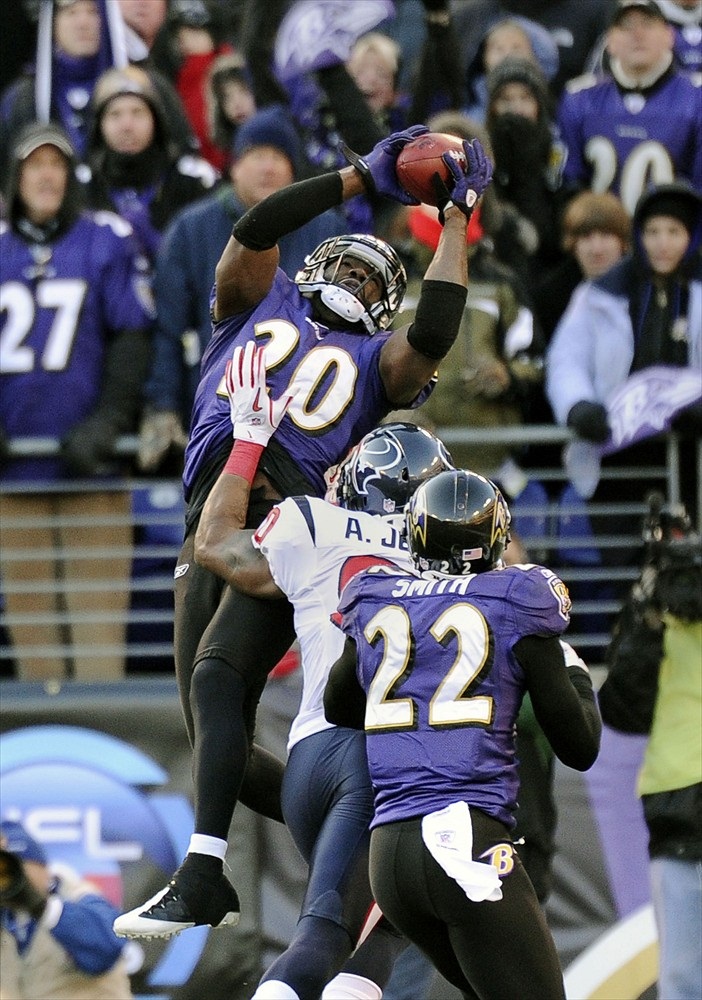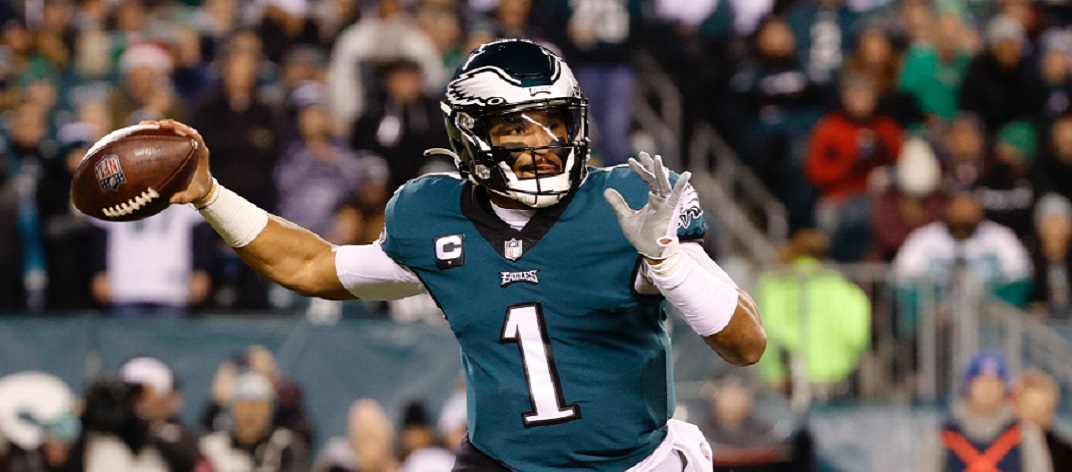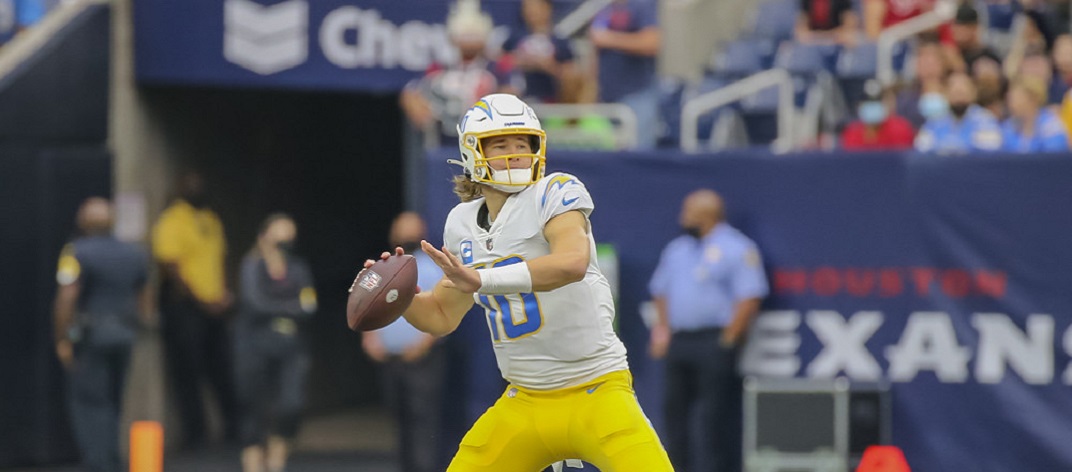How To Rank Your Fantasy Football Defense

By Guest Writer Josh Essig:
DST’s can make or break a fantasy team’s success and they can be harder to predict than one thinks. I will be bringing a 2-part installment of how to go about selecting a proper DST for your fantasy team. Lets get rolling.
Stop using dumb methods: 
For starters lets straighten some things out and debunk a few myths here. First DST’s should not be picked until you have your starting lineup officially assembled. Even when you do, I say wait and continue to reach for depth in your lineup. Just think about the probability of it all. There is a strong likelihood that the first 3 defenses selected will not be in the top 3 in fantasy production. So wait a little longer, and supply your lineup with depth for your BYE weeks. Another terrible trend is drafting defenses in the second to last round, one round before your kicker. Don’t just think of DST as something that is strictly matchup based and unimportant. You need a good DST, or even the strongest starting lineup can suffer.
Finally, draft just one defense. You don’t need to have two DST’s for week one. You can only start one DST, but you can start more than one player at a position. Know when your DST’s BYE week is, monitor your bench and the waiver wire until that time, and know who you want to drop. By that time you could probably even consider keeping the defense you claim on waivers, especially if it is a defense on the rise.
The D is far more important than the ST:
Obviously, when drafting a team DST, you have to weigh the defense significantly higher than the special teams, as the defense is on the field for far longer. Banking on kick returns is a silly method. If you had the Lions DST you MIGHT have prospered from this. They led the league in both categories with a whopping 2 punt and 2 kick returns. That’s nice, but hardly significant in an average 14 week fantasy season. 14 teams in the league had neither returned punt or kickoff for a touchdown. So please do yourself a favor and prioritize the defense, and look at the special teams capability merely as a plus.
Now because you want to prioritize your defense, you want a defense that has the ability to make big plays, and not give up big plays. Therefore you want to be confident that when your defense is on the field they wont hurt you. If you have a defense that hurts you don’t want on the field, you’ve drafted the wrong defense. However, you have to look deeper and think on a larger scale to find the DST that correlates with fantasy success.
Points Surrendered per Game:
The first thing to do to consider how many points per game a team surrendered last year. Total defense can be a deceiving statistic, and is based completely on yardage. More often than not there is usually strong correlation in total defense and points per game, but now always. For example, the Jets finished 8th in total defense last year, but 20th in points per game. By comparison the Bears ranked 5th in defense last year, but gave up 6 less points per game, finishing third in the league. If you utilize a draft board based on total defense you’re more vulnerable to making this mistake, and worse, will be comparing defenses the wrong way. This mistake can be critical, as the Jets defense, while only 3 spots below the Bears in total defense, surrendered far more points than the Bears per game. Make sure your prospects total defense isn’t a cloaking device for how many points they surrender per game.
Giveaway/Takeaway Differential
The next element you want to consider are turnovers. Pick six’s, strip sacks, fumble recoveries, defensive touchdowns, etc. these are the components that help you win. This is why you want to prioritize defense and want them on the field, because you want your defense to have to the opportunity to make big plays. I always prioritize a defense that can make big plays, so it’s important to look at a teams takeaway/giveaway differential. This ratio is huge, because obviously the better the defense is at taking the ball away, the greater likelihood they can make big plays out of those takeaways. So while you should look at a teams defensive touchdowns and total defense, put more emphasis on the giveaway/takeaway differential.
Some may be surprised to see that the New England Patriots, who ranked 25th in total defense, led the AFC in the differential with a total of 20. This included 41 takeaways. However, they are a perfect example of why this is a good ratio to consider: They have a great quarterback who doesn’t turn the ball over, putting less strain on the defense. In addition last year they had 6 divisional games against less than average QB’s (Sanchez, Fitzpatrick, and Tannehill). I mean can anyone forget Thanksgiving? The infamous ButtFumble? The Patriots defense put up 18 fantasy points in nearly 45 seconds. So while not all divisions are as lopsided as the AFC East, the giveaway/takeaway differential certainly helps.
The main reason why the giveaway/takeaway ratio is extremely important to consider is because they can usually makeup for and EXCEED points lost. Here’s why: Most defenses are deducted points as their oppositions scores. However, these deductions are given a value in the range of points surrendered, and often not equivalent to the value of what was actually surrendered. For example: If Houston lets up a touchdown, their DST does not often lose 7 points, but rather loses the value agreed upon by the league when a defense surrenders the range of 0-10 points. On the contrary, touchdowns are touchdowns! Touchdowns on defense occur because of a takeaways, and takeaways themselves also have point value. So a pick six usually goes for 9 points, while a strip sack touchdown could go for 13. So if you have a big play defense capable of turning the ball over you have a greater opportunity to make up, and possibly exceed what the defense surrenders.
Thanks for reading, and stay tuned for part 2 of my criterion for selecting a great fantasy DST!


